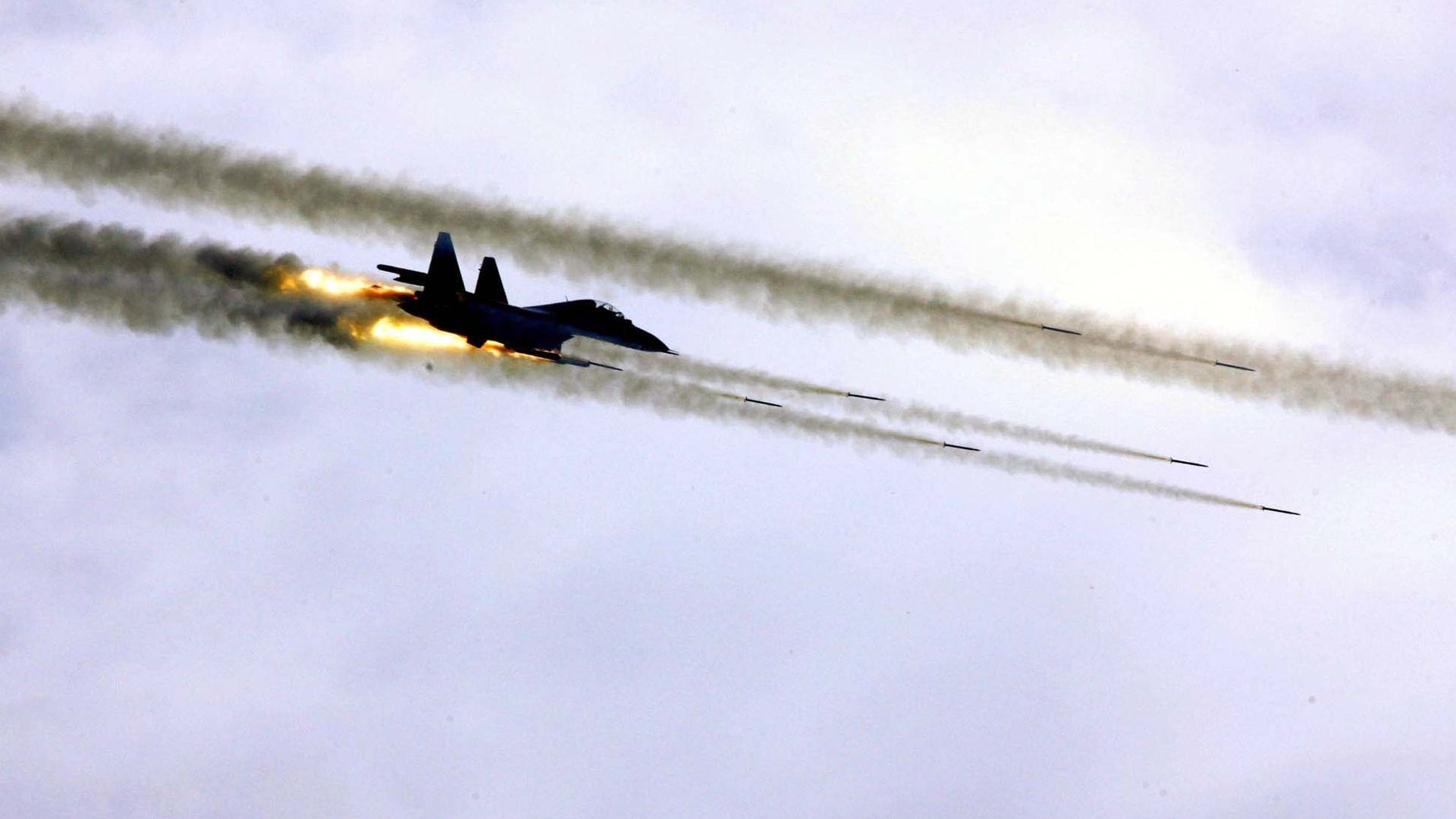Here is what the US thinks it knows about China’s nuclear capabilities
There was much talk during the US presidential campaign about China supposedly waging currency warfare on the United States, but the candidates largely steered clear of discussing China’s capability to wage actual warfare on its enemies.


There was much talk during the US presidential campaign about China supposedly waging currency warfare on the United States, but the candidates largely steered clear of discussing China’s capability to wage actual warfare on its enemies.
As with most of its military affairs, China is extremely reluctant to provide information on its nuclear arsenal. That presents a major conundrum for world powers. While the US and Russia are committed to reducing stockpiles, that’s difficult without knowing what China has.
The U.S.-China Economic and Security Review Commission, which advises the US Congress, has released a draft report summarizing what it thinks it knows about China’s nuclear stocks and strategy. It says China:
Has an autonomous military that might launch weapons without consulting the government. The committee says there is an independent branch of China’s People’s Liberation Army named “The Second Artillery Forces” that employs “100,00 people and about 28 missile launch brigades.”
In theory, the decision about whether to use nuclear weapons would be made by the Politburo Standing Committee, China’s cabinet. But US defense sources believe the PLA—and, within that, the Second Artillery Forces—enjoy great autonomy. For example, the draft report states, when China’s military held a test flight of a J-20 fighter aircraft in 2011, this “may have caught China’s civilian leaders off guard.” The J-20 test was particularly surprising because it occurred during a visit to China by then US defense secretary Robert Gates and appeared to highlight a rift between China’s government and military.
Possesses “somewhere between 100 and 500 nuclear warheads,” which is a lot fewer than the US has. The committee says the estimate of 500 warheads comes from Taiwan’s ministry of defense. It says the “most rigorous” surveys point to China having about 240 warheads. The US has 8,000 warheads, the committee says, though this may fall to 1550 warheads (PDF) by 2017, if current government plans to reduce stockpiles are implemented. China never confirms estimates of its nuclear arsenal. The committee said Beijing uses “opacity” as a “deterrent” to scare world powers into thinking it may have more weapons than it does.
But has underground storage space for a lot more. The report says China hides its nuclear arsenal underground, in a warren of up to 5,000 km of tunnels. According to the report, the subterranean storage space is big enough to accommodate several thousand warheads. Here are some pictures of part of China’s collection of subterranean bases and hangars.
May double its collection of ballistic missiles that are capable of striking the US. The committee reports a comment by Ronald Burgess, a former US director of national intelligence, who said, “The number of Chinese intercontinental ballistic missiles that can strike the continental United States will probably more than double by 2025.”
The committee notes that the US government believes China currently has 50-75 of these intercontinental ballistics, so the number may rise to 150. But the US has many more of these long-range missiles than China does. The FAS report says (page 9) North America has around 450 of them.
And could soon have a credible nuclear submarine fleet. Right now, the USCC reports, the People’s Liberation Army only has a limited capability to communicate with submarines at sea, and the PLA navy has no experience of managing underwater ballistic missiles. So while the PLA has long had nuclear submarines, until now the fleet has been “symbolic” because of these command and control challenges. But the report notes China is “on the cusp of establishing” its first credible nuclear submarine. It says the PLA is developing a weapon named the “JL-2 submarine-launched intercontinental ballistic missile” which “may reach initial operating capability within the next two years.” Taiwanese press reports in January claimed the PLA was already successfully testing these JL-2 missiles.